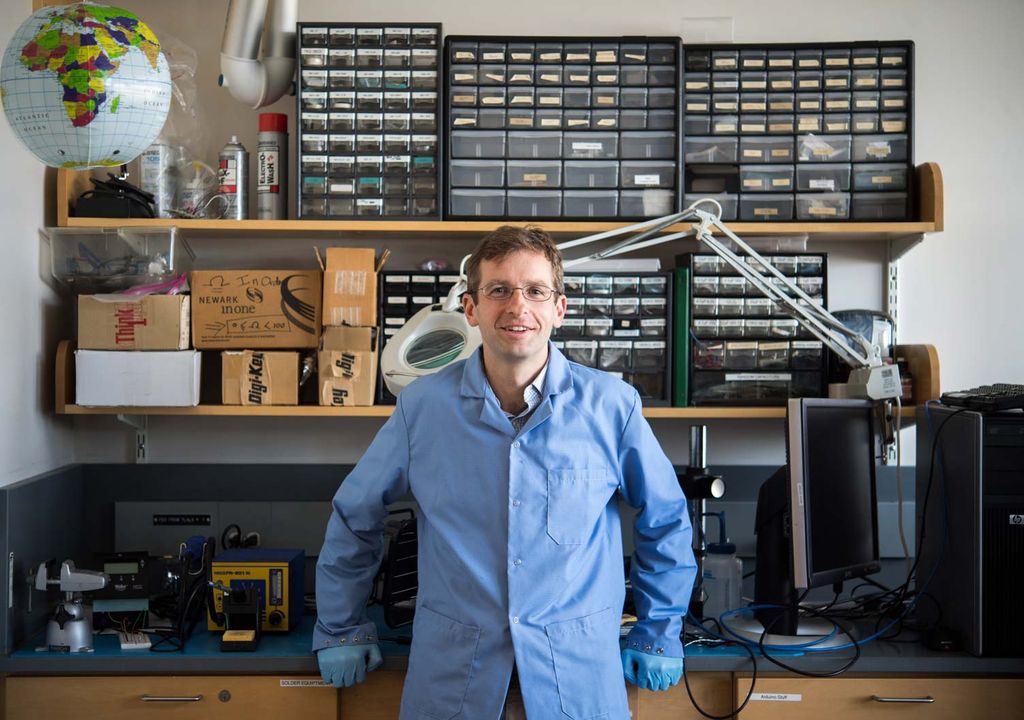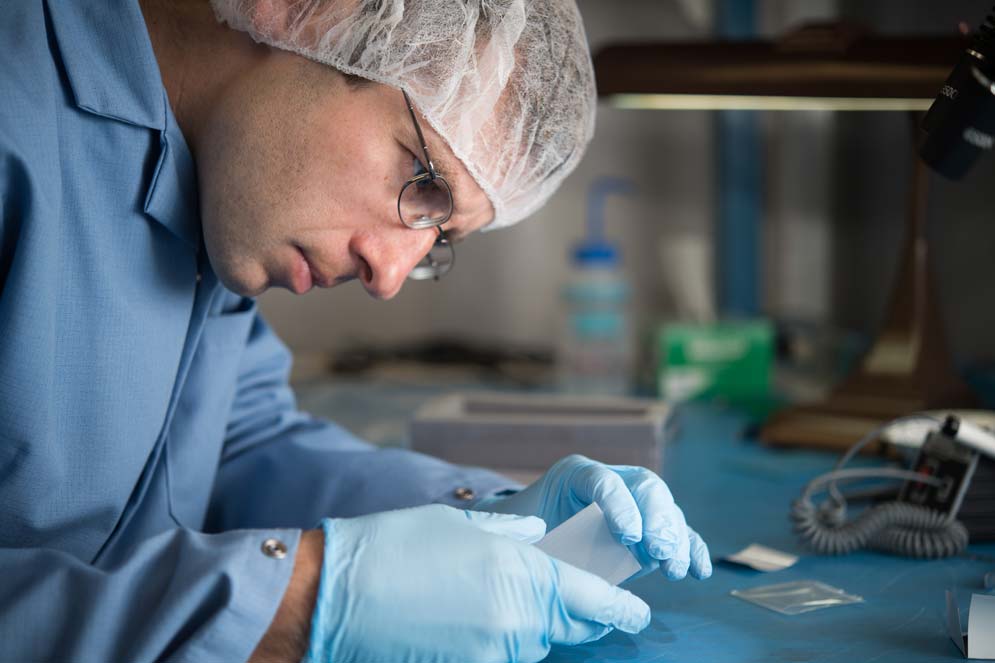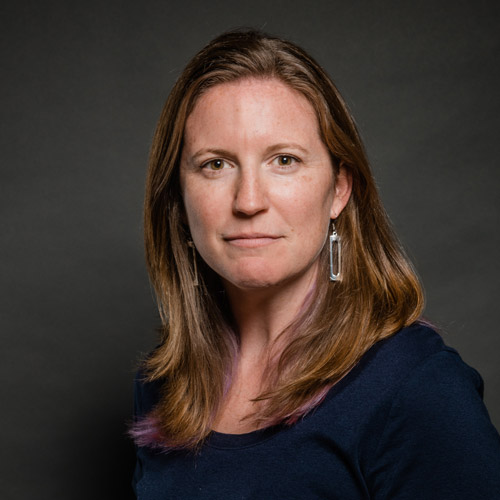A BU X-ray Instrument Is Heading to the Moon

NASA is racing to put humans back on the surface of the moon by 2024, preparatory to an eventual mission to Mars. But between now and then, the moon will have several other visitors, including an instrument built by a team led by Boston University Center for Space Physics researchers.
Space scientist and engineer Brian Walsh, a College of Engineering assistant professor of mechanical engineering and of electrical and computer engineering, is developing an X-ray imager he calls “LEXI,” which will be rocketed up to the moon aboard a lunar lander within the next 18 months. From its vantage point on the moon’s surface, where it’ll sit for two to three weeks, LEXI will peer back at Earth and take the first comprehensive images of our planet’s magnetic fields and how they interact with the solar wind.
The launch of LEXI (Lunar Environment Heliospheric X-ray Imager) and 11 other lunar science investigations was announced by NASA on July 1, 2019.
To meet NASA’s aggressive deadline of putting LEXI on the moon within a year and a half, Walsh is piggybacking new technology on top of another X-ray instrument built by the same team, which has already been shot up to space and returned back to Earth.
“We’ve never had a full view of the Earth’s magnetosphere or known if it changes with time or even if it has holes in it,” Walsh says. “We haven’t had a wide enough view of our planet to take those kinds of images.”

Just how hard is it to study Earth while sitting on its surface? “It’s like trying to study a whale from inside its stomach,” says Walsh, who was an engineer at NASA’s Goddard Space Flight Center before joining BU.
To build LEXI, Walsh will suit up inside a “clean room” in his lab. He says that contaminating LEXI with even trace amount of oils from his fingers or a tiny piece of hair from his head would expel gases during the ride to the moon that could potentially be damaging to the extremely sensitive (and expensive) instruments aboard the lunar lander. LEXI and the other investigations are part of NASA’s Acceleration, Reconnection, Turbulence and Electrodynamics of the Moon’s Interaction with the Sun (ARTEMIS) Mission.
Walsh, who studies interactions between planetary environments and the sun, is also part of the ongoing European Space Agency and Chinese Academy of Science mission SMILE, which will study how Earth’s magnetic fields connect and disconnect with the magnetic fields of the sun. He also leads the CuPID Cubesat Observatory team at BU. The CuPID team is building a toaster-sized device that will use a wide-view X-ray telescope to examine interactions between solar winds and Earth’s magnetosphere. CuPID, supported by NASA, is set to launch into orbit in 2020.


Comments & Discussion
Boston University moderates comments to facilitate an informed, substantive, civil conversation. Abusive, profane, self-promotional, misleading, incoherent or off-topic comments will be rejected. Moderators are staffed during regular business hours (EST) and can only accept comments written in English. Statistics or facts must include a citation or a link to the citation.